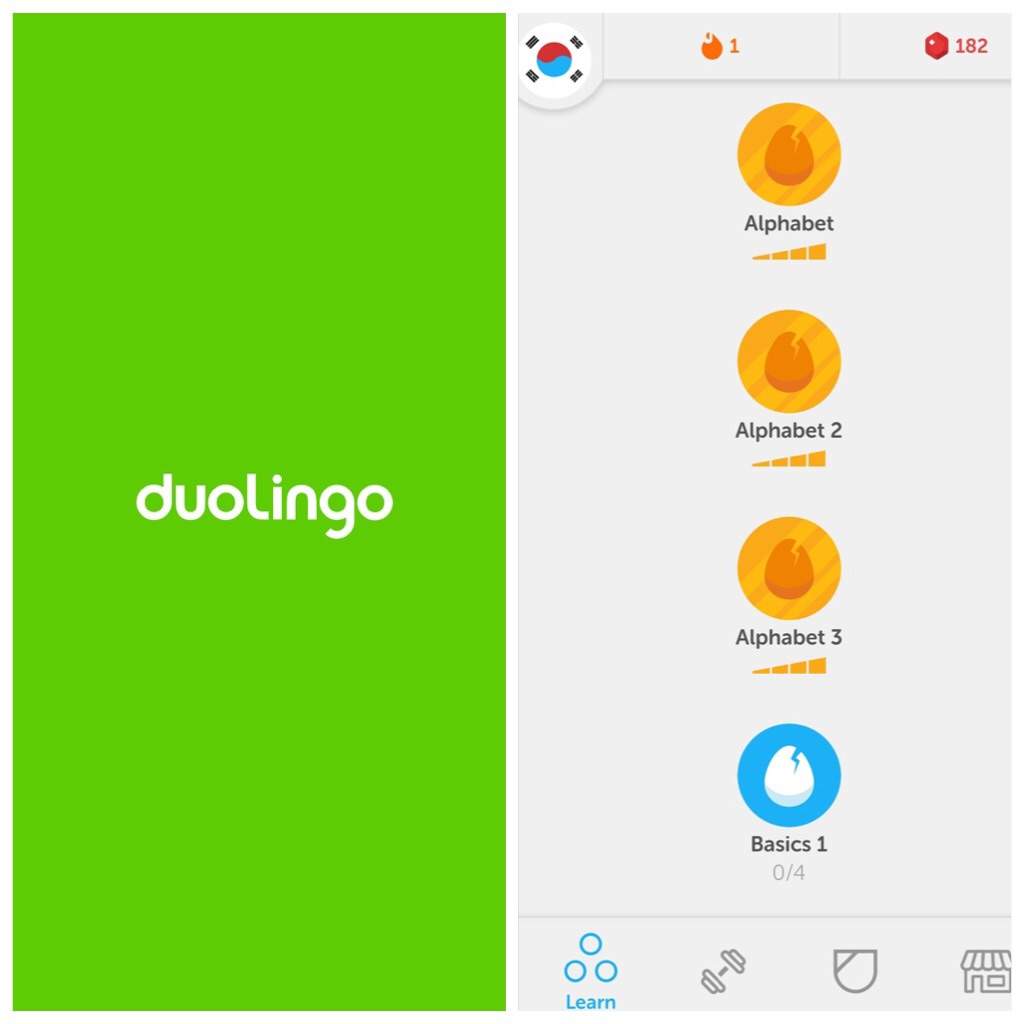

Hyangga, the oldest form of Korean poetry, uses local dialects and expressions to convey religious or philosophical themes. Jeong Cheol’s gasa about a solitary figure waiting for the dawn to break is a moving reflection on the sorrow and heaviness of the world.

The literary devices used, including repetition, metaphor, and symbolism, make this form of poetry rich and multi-layered. With elements of folklore, mythology, fiction, and history, gasa provides an engaging narrative that draws readers in. Gasa, on the other hand, is a longer form of poetry that often tells a story. Yun Seondo’s sijo about the moon and the cherry tree blooming on the moonlit night is a prime example of how this form can convey a sense of nostalgia and a longing for the past. The 44-46 syllable count and its lyrical quality provide an expressive medium for the poet to convey a range of emotions, from joy and longing to sadness and regret.

Sijo, with its concise three-line structure, is a poetic form that can pack a powerful emotional punch. The three traditional forms of Korean poetry, sijo, gasa, and hyangga, have distinct characteristics that set them apart and make them a fascinating representation of Korean culture and history. Korean poetry is an art form that has stood the test of time, captivating audiences for centuries with its unique style and structure. Furthermore, we will examine the impact of the translation of Korean poetry on other cultures and its place in the wider literary world, revealing the enduring legacy of this exquisite art form. We will also delve into the importance of Korean poetry in Korean culture, examining its influence on society and the role it has played in shaping Korean identity. In this article, we will embark on a journey through the history of Korean poetry, tracing its roots and exploring its evolution into modern times. It has been a source of comfort and inspiration to generations of Koreans, serving as a means of understanding the complexities of the world around them. Through the centuries, Korean poetry has been a versatile and expressive medium, used to convey personal emotions, celebrate cultural events, and offer social commentary. Since then, poetry has become an essential part of Korean literature and art, serving as a reflection of Korean society’s values, beliefs, and traditions. The threads of its literature and its rich and fascinating history stretching back to the Three Kingdoms period, a time when poets first began to capture the beauty and essence of their world in verse. Korean poetry is a magnificent tapestry that has been intricately woven into the cultural fabric of Korea for centuries.


 0 kommentar(er)
0 kommentar(er)
